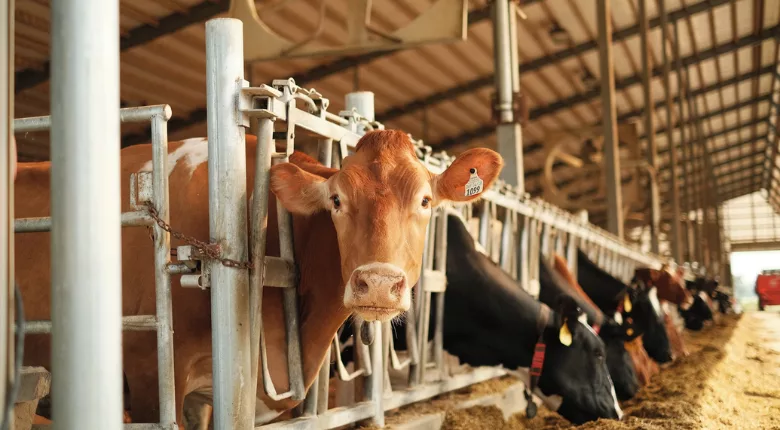European AMR Trends in Humans, Animals, Foods for 2021–2022

Image credit: Austin Santaniello via Unsplash
The European Food Safety Authority (EFSA) and the European Center for Disease Prevention and Control (ECDC) recently published a joint report on antimicrobial resistance (AMR) in zoonotic pathogens from humans, animals, and food in 2021–2022. EFSA and ECDC warn about repeatedly observed resistance to common antibiotics in Salmonella and Campylobacter.
The report analyzes data on bacterial isolates from food-producing animals, collected by EFSA, and isolates from human cases, collected by ECDC, to provide an overview of the state of AMR in Europe. Data, gathered during 2021–2022, were provided by the 27 EU Member States, the UK, Iceland, Norway, the Republic of North Macedonia, and Switzerland. Along with the report, ECDC also released an interactive data visualization tool that shows country-by-country resistance levels in humans, animals, and food during 2021–2022.
The present report follows another joint EFSA/ECDC report on AMR published the week prior, which covers antimicrobial consumption and occurrence of AMR in bacteria from humans and food-producing animals in the EU during 2019–2021. The earlier report observed reductions in antibiotic-resistant bacteria in countries that have decreased their antibiotic consumption, suggesting the AMR trends can be reversed when antimicrobials are used more prudently across sectors.
Although the newly published report showed resistance to common antibiotics in Salmonella and Campylobacter, it also noted that the combined resistance to critically important antimicrobials for human medicine remains very low, except in some types of Salmonella and Campylobacter coli in certain countries.
Additionally, there has been an increase in the proportion of Escherichia coli isolates from food-producing animals that exhibit “complete susceptibility” or “zero resistance” to key antimicrobials. As was also noted in the earlier joint report for 2019–2021, this trend, alongside a decrease in the prevalence of E. coli isolates that produce enzymes that render some antibiotics ineffective, demonstrates progress in reducing AMR in E. coli from food-producing animals in several EU Member States.
Regarding pathogens that more commonly exhibited AMR, for Salmonella, resistance to carbapenems was found in isolates from humans, but not from food-producing animals. For E. coli, carbapenem resistance was detected in isolates from food-producing animals. Although the occurrence of carbapenem resistance is currently reported at very low levels in isolates from both humans and animals, a higher number of countries have reported bacteria producing carbapenemase enzymes in various animal species in recent years. EFSA/ECDC warn that this trend requires attention and further investigation, because carbapenems are a last-resort group of antibiotics.
Between 2013 and 2022, for humans, at least half of the reporting countries observed increasing trends in resistance to fluoroquinolones in Salmonella Enteritidis and Campylobacter jejuni isolates, usually associated with poultry. Fluoroquinolones are one of the common antimicrobials used for treatment when Salmonella or Campylobacter infections become severe.
Looking for quick answers on food safety topics?
Try Ask FSM, our new smart AI search tool.
Ask FSM →
Additionally, one-third of the countries observed decreasing trends in macrolide resistance in Campylobacter isolates from humans, in particular for C. coli. EFSA/ECDC considers this noteworthy because increased resistance to fluoroquinolones means that macrolides are becoming more important for the treatment of severe foodborne illness in humans.
In two-thirds of reporting countries, resistance in isolates from humans to penicillins and tetracyclines decreased over time in Salmonella Typhimurium, which is usually associated with pigs and calves. These antimicrobials are often used to treat bacterial infections in humans and animals.
Overall, EFSA/ECDC recommends caution in the use of antimicrobials in all sectors, including agriculture. Carbapenem-resistant isolates need to be monitored closely; carbapenems should not be used in food-producing animals, and sources of carbapenem-resistant isolates in livestock should be further investigated.
Differences in the occurrence of AMR among Member States may be caused by historic or patterns of antimicrobial use, however, it could also highlight differences in husbandry and/or other practices or strategies that may assist in the prevention of AMR. Although progress can be seen in many Member States, EFSA/ECDC underlines the importance of continued efforts to mitigate the rise of AMR through a One Health framework.









